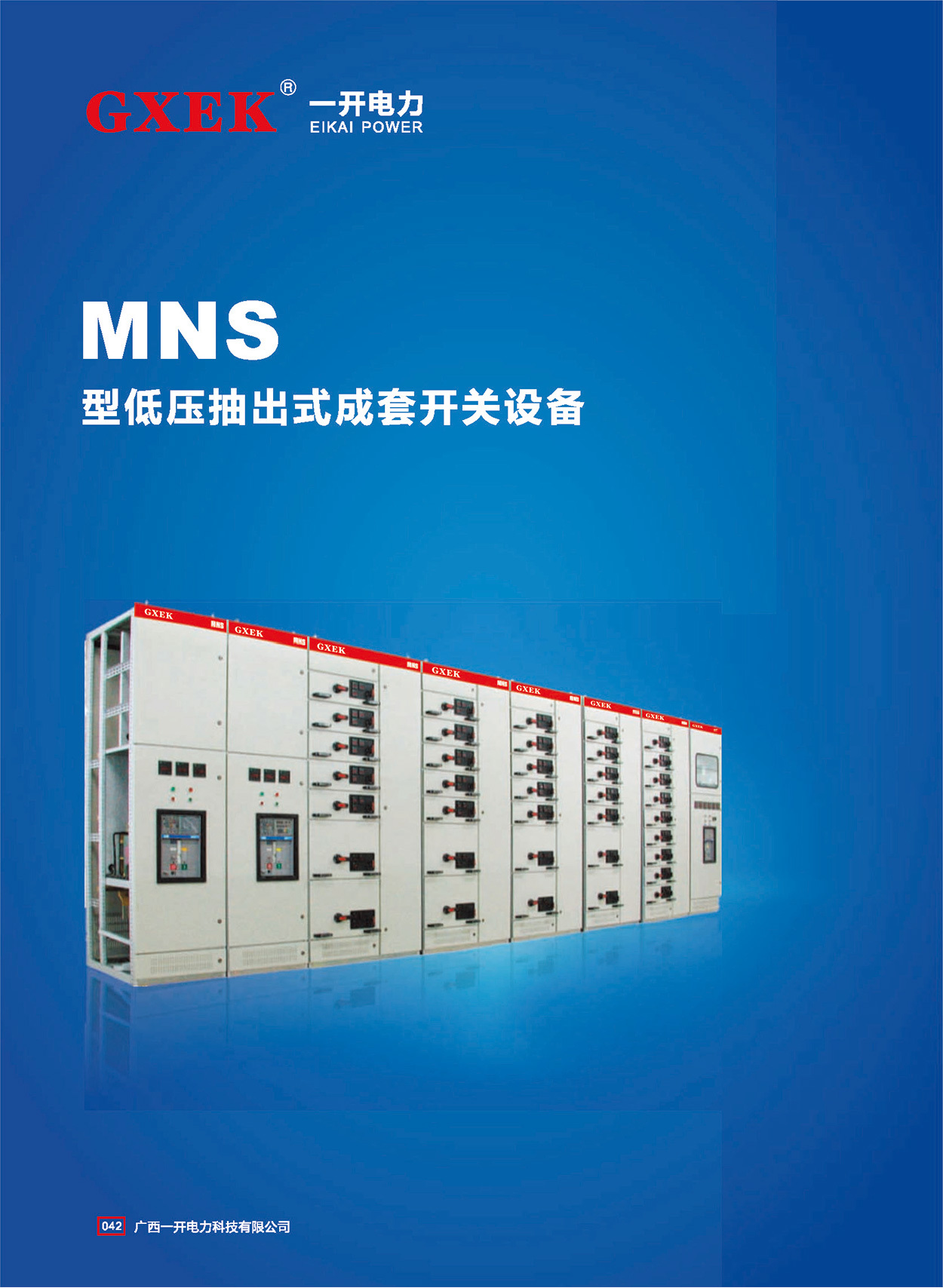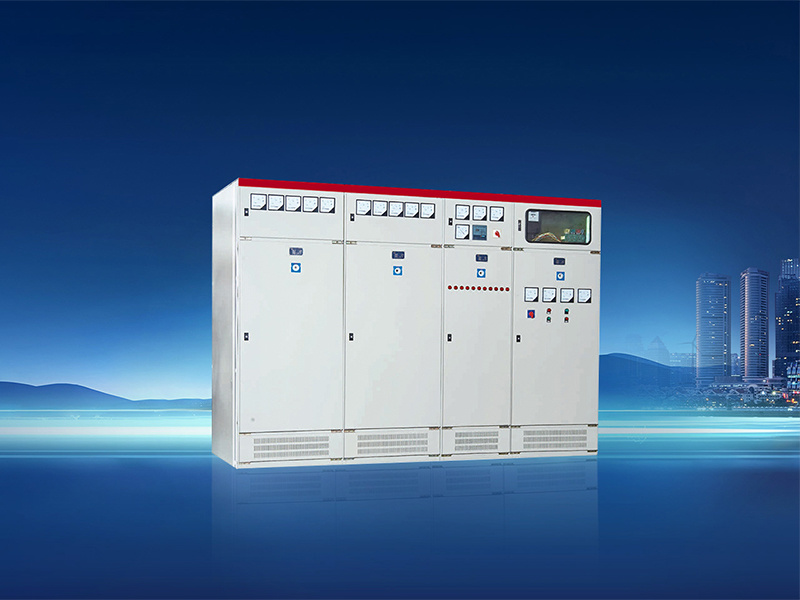How to maintain electrical equipment
Guangxi - Kaidian Power Technology Co., Ltd. is a high-tech enterprise that integrates research and development, design, production, and sales. It has many years of experience in the electrical equipment industry in Guangxi and has some maintenance experience to share with everyone.
Electrical equipment refers to the general term for generators, transformers, power lines, circuit breakers, and other equipment in the power system.
1. High Voltage Switchgear
1. Daily inspections must be conducted to check if the connection bolts inside the cabinet are loose.
2. Clean the dust and dirt inside and outside the cabinet once a year, tighten the conductor connection bolts, and lubricate the operating mechanisms of circuit breakers.
3. Conduct a high voltage preventive test once a year.
2. Low Voltage Distribution Cabinet, Central Signal Screen, DC Screen
1. Check and calibrate the accuracy and reliability of each ammeter and voltmeter once a year.
2. Check each insulating component for damage or moisture every month. Ensure the connection for protective grounding is reliable.
3. Check auxiliary circuit components, including instruments, relays, control switch buttons, and protective fuses, for normal operation every month.
4. Check if the auxiliary circuit terminals and connectors are secure and reliable every month.
5. Check if the system is in normal working condition every month, and if the signal indicators are accurate. Check if the DC screen battery is normal, and if necessary, check the liquid level and measure the specific gravity.
6. Clean the dust and dirt inside and outside the cabinet once a year, tighten the wire connection bolts, and check the aging condition of each outgoing wire.
3. Transformer
1. Clean the dust and other dirt on the surface once a year, and tighten the conductor connection bolts.
2. If the operation is stopped for more than 72 hours, an insulation test should be performed before restarting, using a 2500V megohmmeter to measure: primary to secondary and to ground ≥300MΩ, secondary to ground ≥100MΩ, core to ground ≥5MΩ (note to remove the grounding plate). If these values are not met, drying treatment should be performed.
3. Check the on-load voltage regulating switch once a month: check for corona discharge (blue and red light flashes) at the switch's terminal during light and dark conditions. If present, it must be cleaned with degreased cotton after power off.
4. Busbar
1. Check if the terminal connections of the busbar junction boxes on each floor are loose and ensure they are securely fastened every month.
2. Tighten the busbar joint connection bolts every six months.
3. Clean the dust and dirt on the busbar shell once a year, especially for horizontally arranged busbars.
5. Lighting Distribution Box
1. Check if each switch and fuse inside the box is normal and reliable every week.
2. Check for aging of each incoming and outgoing line once a year, and remove dirt and oxidation from wire joints and terminals.
3. Replace any failed or defective electrical components.
6. Motors and Starting Control Cabinets, Power Distribution Boxes
1. Daily checks:
A. Check if the motor operates normally and if there are any unusual noises;
B. Check if the motor casing temperature is normal;
C. Check if the instruments and indicator lights on the starting control cabinet are normal;
D. Start the standby motor, run it for about 5 minutes, and check for any abnormalities.
2. Weekly checks:
A. Check if the AC contactors, time relays, thermal relays, and intermediate relays in the starting control cabinet operate reliably, and check the wear condition of their contacts, replacing them if necessary.
B. Check if the switch contacts are secure, if there are any burn marks, and if the tripping and closing actions are reliable.
C. Measure the insulation condition of the motor and check if the terminals inside the junction box are loose.
D. Check if the main circuit terminal connections and wire connection bolts are loose.
E. Check if the control circuit terminal connections and each connector are reliable.
F. Check the insulation condition of the magnetic amplifier coil.
G. Check if the insulating components inside the cabinet are damaged or damp.
3. Annual maintenance
A. Dust and clean all starting cabinets.
B. Check the oxidation condition of all wire joints and terminal surfaces, and remove the oxidation layer.
C. Check the aging condition of all wires and replace them if necessary.
D. Replace any components that are aged or severely worn.
E. Check the bearing clearance of the motor and add lubricating oil; bearings that are severely worn and have excessive clearance must be replaced.
F. Check the insulation condition of the motor; if insulation has decreased, the stator winding must be treated with varnish.
The above are some maintenance knowledge for electrical equipment, hoping to be helpful to everyone. For maintenance work, it is essential to be diligent.






